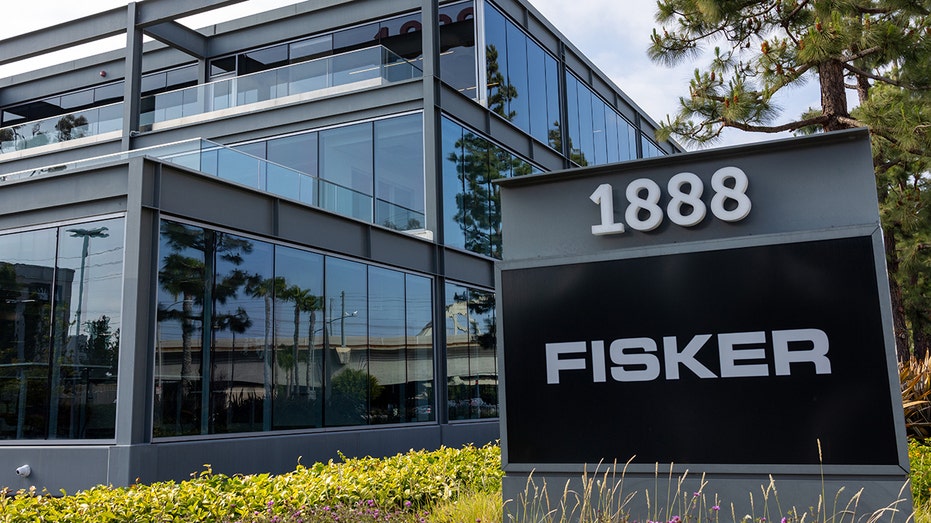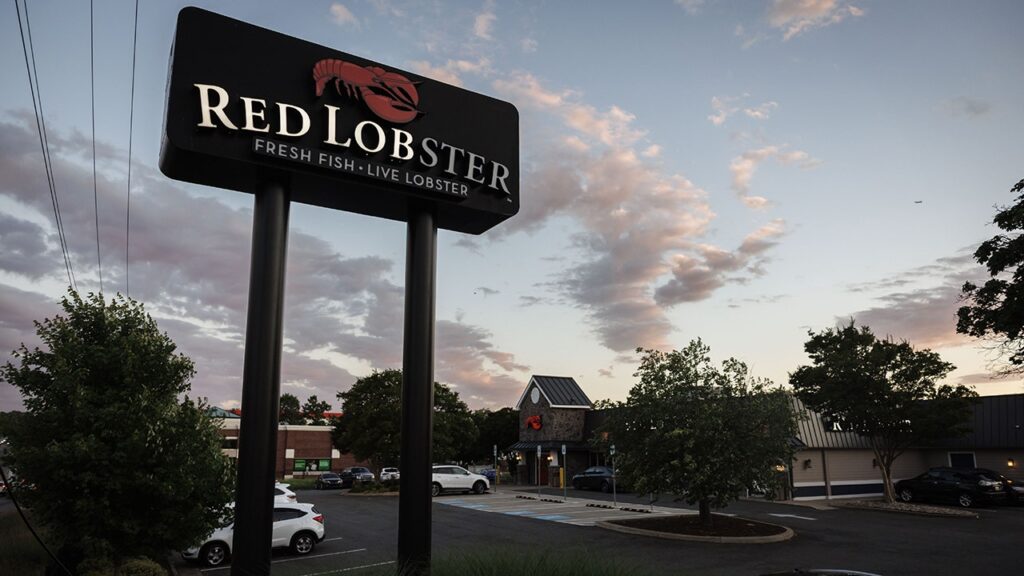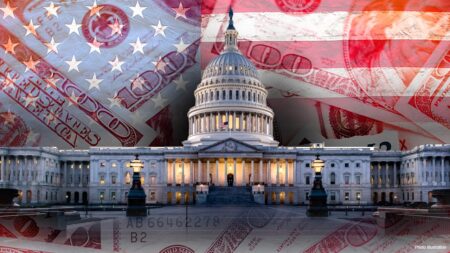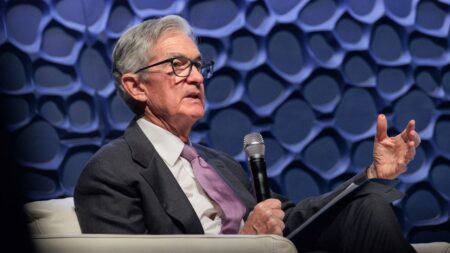There is a “historic surge” of corporate bankruptcies underway in the U.S., as debt-saddled companies struggle to adjust to the new era of high interest rates.
New figures published by S&P Global Intelligence show that 75 companies filed for bankruptcy in June, the highest number recorded in a single month since early 2020 at the height of the COVID-19 pandemic. That pushed this year’s total number of bankruptcies so far to 346, which is notably higher than comparable levels seen in the past 13 years.
Before this, the highest half-year figure recorded was in 2010, with 437 companies filing for bankruptcy from January through June.
The S&P report blamed high interest rates, supply chain issues and slowing consumer spending for the spike in bankruptcies this year.
HIGHER INTEREST RATES COULD COST US COMPANIES $380B IN ‘SLOWLY UNFOLDING CRISIS’
The Federal Reserve raised interest rates sharply in 2022 and 2023 to the highest level since 2001 in a bid to crush high inflation, bringing to an end more than a decade of ultra-easy money. Officials are now grappling with when they should take their foot off the brake amid signs that economic growth is slowing and inflation is once again falling.
Most investors expect the Fed to begin cutting rates in September or November and are penciling in just one or two reductions this year — a dramatic shift from the start of the year, when they anticipated six rate cuts beginning as soon as March.
THE SILVER LINING OF HIGHER INTEREST RATES: SAVINGS ACCOUNT RATES
Even then, rates will likely remain elevated.
Some economists have called on the U.S. central bank to cut rates sooner, citing concerns that high interest rates pose a risk to the financial system.

“The economy has weathered the Fed’s higher-for-longer strategy admirably well, but there is a mounting threat that the ongoing pressure will expose fault lines in the financial system,” Moody’s chief economist Mark Zandi wrote in a recent Washington Post op-ed. “As last year’s banking crisis showed, the relentless strain of high rates can cause parts of the financial system to buckle in ways that are difficult to predict and control.”
Bankruptcies started to rise notably in April as companies continued to “feel the burden of high interest rates,” and as it dawned on many businesses that rates would likely remain at peak levels for some time.
“Fading hopes of lower interest rates are likely contributing to the increase in filings, as companies that may have held out hope for rate cuts at the beginning of the year come to terms with the reality that they will remain higher for longer,” the S&P said at the time.
Some of the notable bankruptcies in June included electric-vehicle maker Fisker and Chicken Soup for the Soul, which owns DVD rental chain Redbox.
Read the full article here











